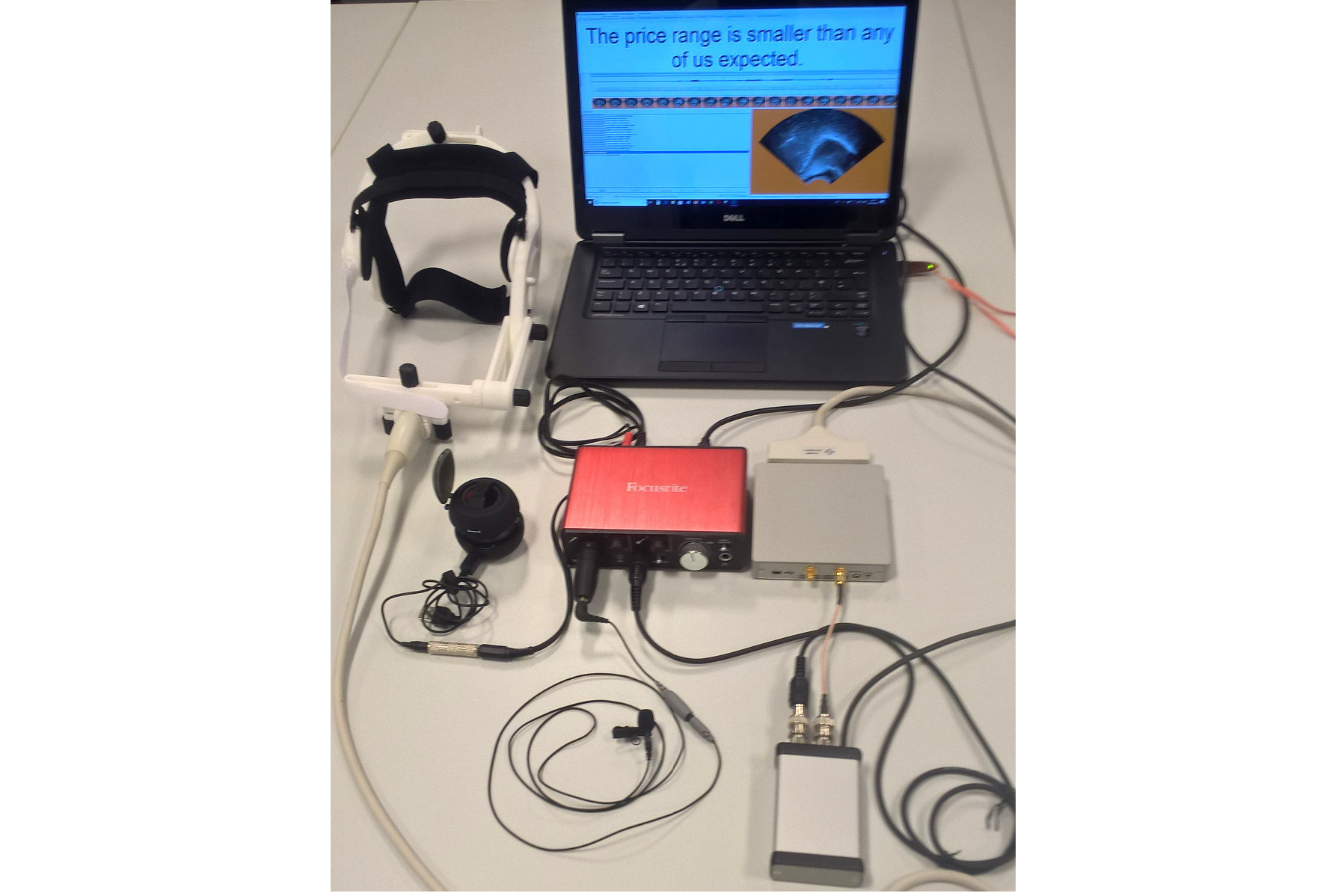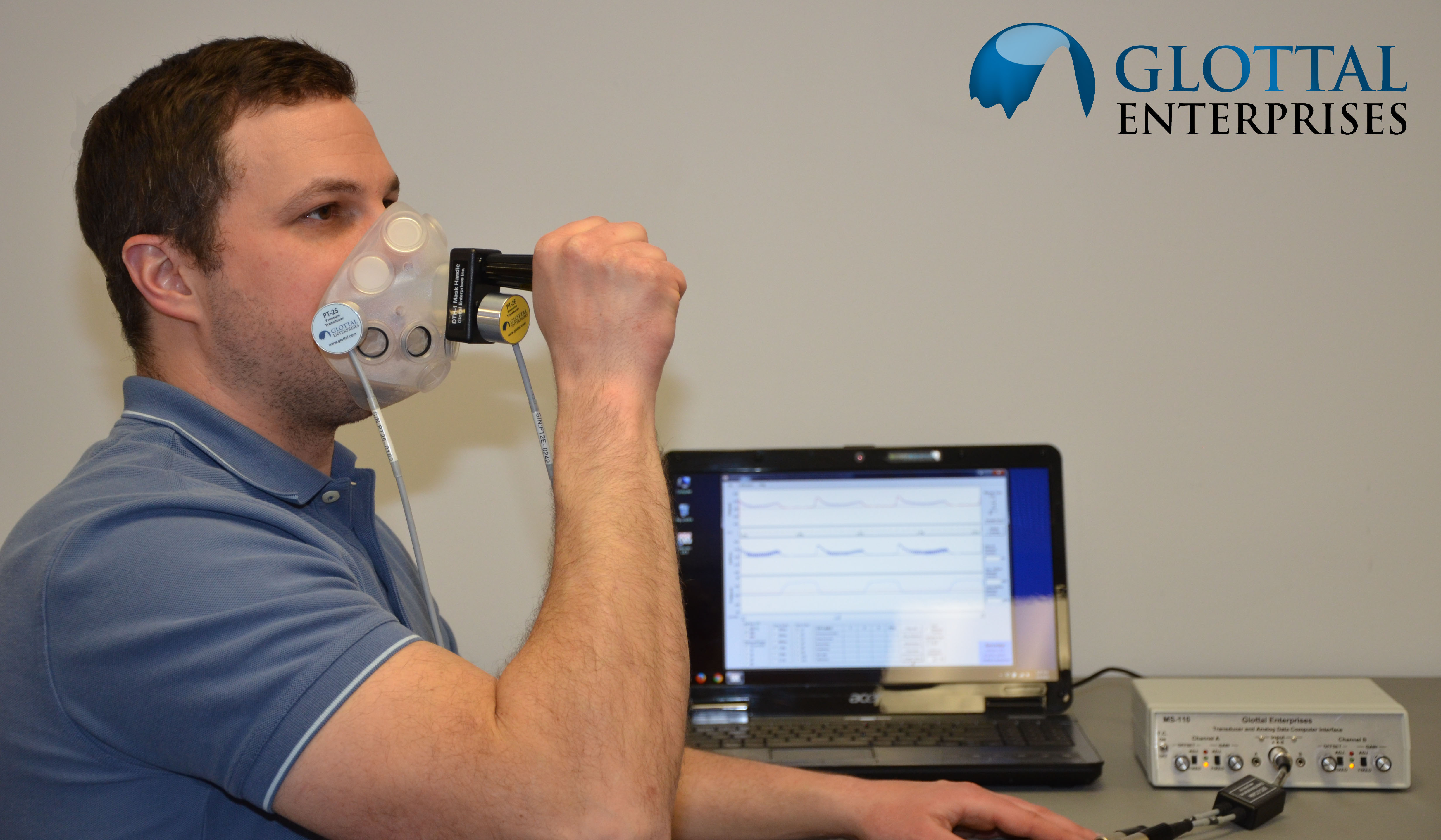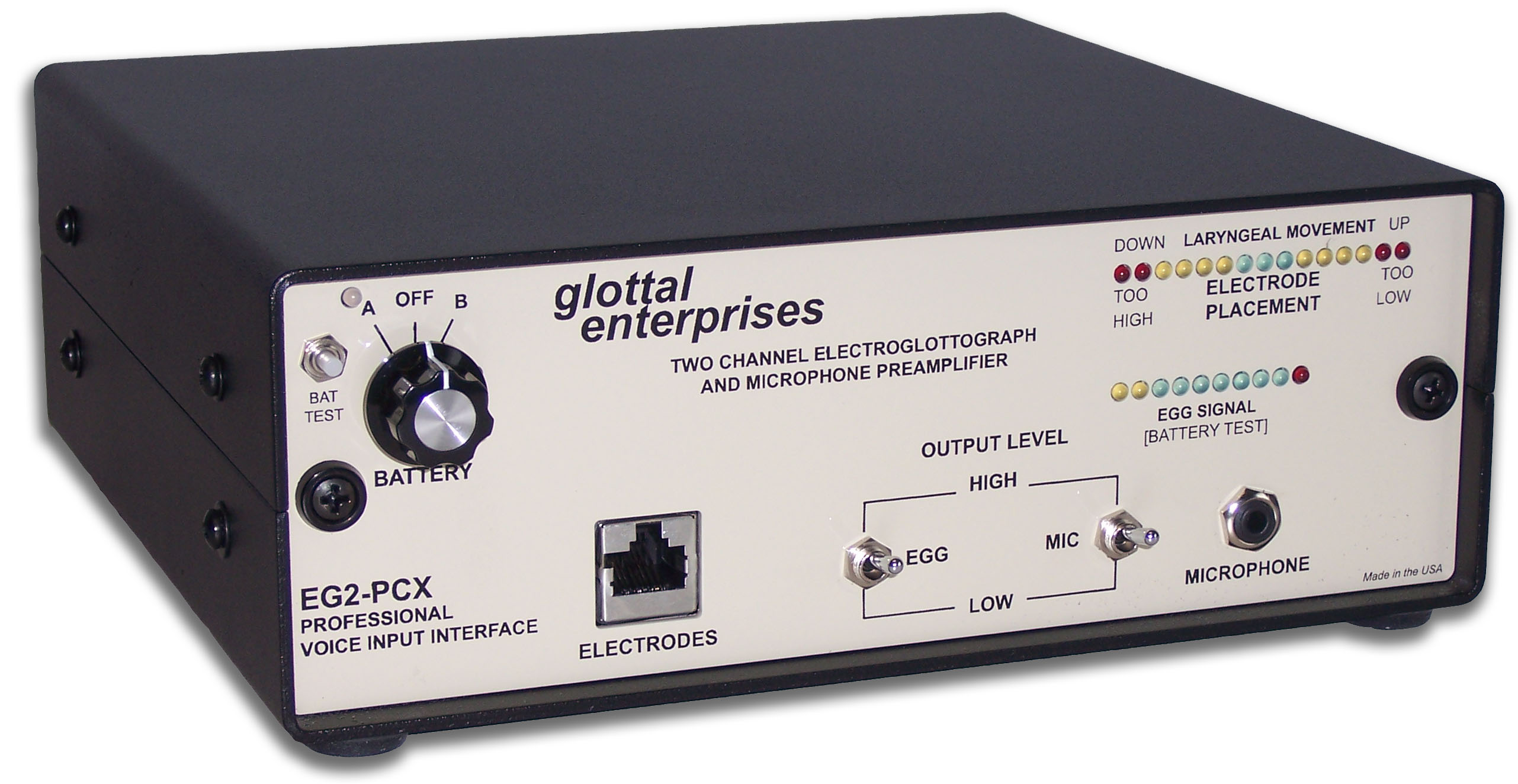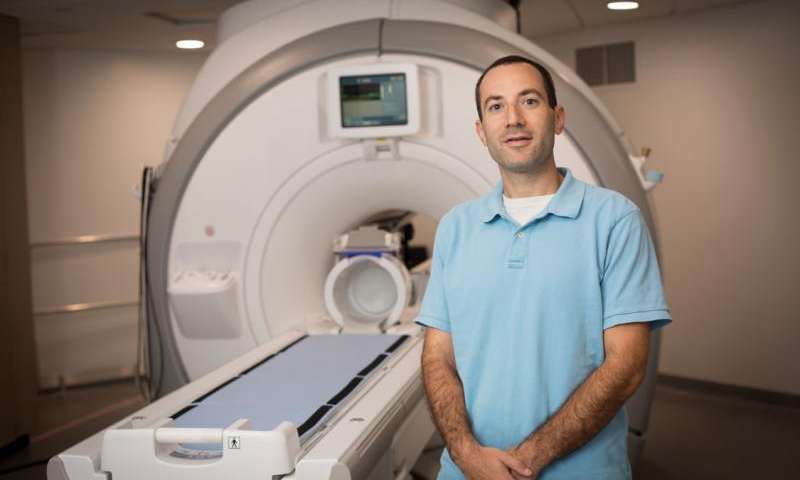About
The Cornell Phonetics Lab is a group of students and faculty who are curious about speech. We study patterns in speech — in both movement and sound. We do a variety research — experiments, fieldwork, and corpus studies. We test theories and build models of the mechanisms that create patterns. Learn more about our Research. See below for information on our events and our facilities.

Upcoming Events

10th December 2025 08:00 AM
Special Virtual Lecture on Prosody by Dr. Lieke van Maastricht
We will have a virtual lecture by Dr. Lieke van Maastricht of Radboud University Nijmegen, who is an Assistant Professor in the Centre for Language Studies and the Department of Language and Communication.
Dr. Maatricht's talk is titled: Prosody teaching and learning: Can gesture lend a hand?
You can view the lecture on YouTube at https://www.youtube.com/live/LrFCYEFLZzQ. The lecture time is UTC-3 1PM (which is 8AM Eastern Standard Time).
Abstract:
In our multilingual society, communicating in foreign languages (L2) is increasingly important but complicated by a lack of existing methods for L2 prosody training.
While L2 learners often practice individual L2 segments in class, they barely receive instruction on the form or function of the prosodic features of their L2 (e.g., the use of pitch accents to mark discourse focus).
However, prosody is essential for communication, and its understanding has both theoretical repercussions and societal relevance. In short, L2 researchers, teachers, and learners are starting to recognize the importance of L2 prosody acquisition, but how do we overcome the challenges that it presents, especially in an L2 classroom?
In my talk, I will first discuss what we know (from my own work and that of others) about the L2 acquisition of different prosodic features, regarding the factors that influence L2 development, as well as some effects of prosodic errors on L1-L2 communication.
Second, I will present research on L2 prosody production and perception in combination with gestural information. Can perceiving or producing gestures while learning the prosody of an L2 benefit learners?
Speaker Bio:
Dr. Maastricht received her PhD in 2017 from Tilburg University, where her dissertation focused on whether competing prosodic systems in the L1 and L2 (I focused on Dutch and Spanish) result in prosodic transfer in one or both languages.
As a researcher affiliated with the Centre for Language Studies, she investigates whether learners can acquire the prosodic features (stress, intonation, rhythm) of a foreign language and which factors play a decisive role in that process (e.g., the direction in which a language is learned or the complexity of the target feature).
Part of her research involves a 2024 NWO Grant for research in foreign-language education , where she will develop an online tool called the Prosodic Proficiency Test Battery, which will allow researchers, teachers, and students to quickly and automatically assess elements of prosody. These assessments provide valuable insights for the next steps in language learners’ development.
Recently, she has recently started research on the facilitating effect of hand and/or head gestures and the role of individual differences between learners in this context.
In addition to her work at Radboud University, Dr. Maatricht is on the board of the Dutch Association for Phonetic Sciences (Nederlandse Vereniging voor Fonetische Wetenschappen)
Location: B11 Morrill Hall, 159 Central Avenue, Morrill Hall, Ithaca, NY 14853-4701, USA
Facilities
The Cornell Phonetics Laboratory (CPL) provides an integrated environment for the experimental study of speech and language, including its production, perception, and acquisition.
Located in Morrill Hall, the laboratory consists of six adjacent rooms and covers about 1,600 square feet. Its facilities include a variety of hardware and software for analyzing and editing speech, for running experiments, for synthesizing speech, and for developing and testing phonetic, phonological, and psycholinguistic models.
Web-Based Phonetics and Phonology Experiments with LabVanced
The Phonetics Lab licenses the LabVanced software for designing and conducting web-based experiments.
Labvanced has particular value for phonetics and phonology experiments because of its:
- *Flexible audio/video recording capabilities and online eye-tracking.
- *Presentation of any kind of stimuli, including audio and video
- *Highly accurate response time measurement
- *Researchers can interactively build experiments with LabVanced's graphical task builder, without having to write any code.
Students and Faculty are currently using LabVanced to design web experiments involving eye-tracking, audio recording, and perception studies.
Subjects are recruited via several online systems:
- * Prolific and Amazon Mechanical Turk - subjects for web-based experiments.
- * Sona Systems - Cornell subjects for for LabVanced experiments conducted in the Phonetics Lab's Sound Booth

Computing Resources
The Phonetics Lab maintains two Linux servers that are located in the Rhodes Hall server farm:
- Lingual - This Ubuntu Linux web server hosts the Phonetics Lab Drupal websites, along with a number of event and faculty/grad student HTML/CSS websites.
- Uvular - This Ubuntu Linux dual-processor, 24-core, two GPU server is the computational workhorse for the Phonetics lab, and is primarily used for deep-learning projects.
In addition to the Phonetics Lab servers, students can request access to additional computing resources of the Computational Linguistics lab:
- *Badjak - a Linux GPU-based compute server with eight NVIDIA GeForce RTX 2080Ti GPUs
- *Compute server #2 - a Linux GPU-based compute server with eight NVIDIA A5000 GPUs
- *Oelek - a Linux NFS storage server that supports Badjak.
These servers, in turn, are nodes in the G2 Computing Cluster, which currently consists of 195 servers (82 CPU-only servers and 113 GPU servers) consisting of ~7400 CPU cores and 698 GPUs.
The G2 Cluster uses the SLURM Workload Manager for submitting batch jobs that can run on any available server or GPU on any cluster node.
Articulate Instruments - Micro Speech Research Ultrasound System
We use this Articulate Instruments Micro Speech Research Ultrasound System to investigate how fine-grained variation in speech articulation connects to phonological structure.
The ultrasound system is portable and non-invasive, making it ideal for collecting articulatory data in the field.

BIOPAC MP-160 System
The Sound Booth Laboratory has a BIOPAC MP-160 system for physiological data collection. This system supports two BIOPAC Respiratory Effort Transducers and their associated interface modules.

Language Corpora
- The Cornell Linguistics Department has more than 915 language corpora from the Linguistic Data Consortium (LDC), consisting of high-quality text, audio, and video corpora in more than 60 languages. In addition, we receive three to four new language corpora per month under an LDC license maintained by the Cornell Library.
- This Linguistic Department web page lists all our holdings, as well as our licensed non-LDC corpora.
- These and other corpora are available to Cornell students, staff, faculty, post-docs, and visiting scholars for research in the broad area of "natural language processing", which of course includes all ongoing Phonetics Lab research activities.
- This Confluence wiki page - only available to Cornell faculty & students - outlines the corpora access procedures for faculty supervised research.

Speech Aerodynamics
Studies of the aerodynamics of speech production are conducted with our Glottal Enterprises oral and nasal airflow and pressure transducers.

Electroglottography
We use a Glottal Enterprises EG-2 electroglottograph for noninvasive measurement of vocal fold vibration.

Real-time vocal tract MRI
Our lab is part of the Cornell Speech Imaging Group (SIG), a cross-disciplinary team of researchers using real-time magnetic resonance imaging to study the dynamics of speech articulation.

Articulatory movement tracking
We use the Northern Digital Inc. Wave motion-capture system to study speech articulatory patterns and motor control.
Sound Booth
Our isolated sound recording booth serves a range of purposes--from basic recording to perceptual, psycholinguistic, and ultrasonic experimentation.
We also have the necessary software and audio interfaces to perform low latency real-time auditory feedback experiments via MATLAB and Audapter.

